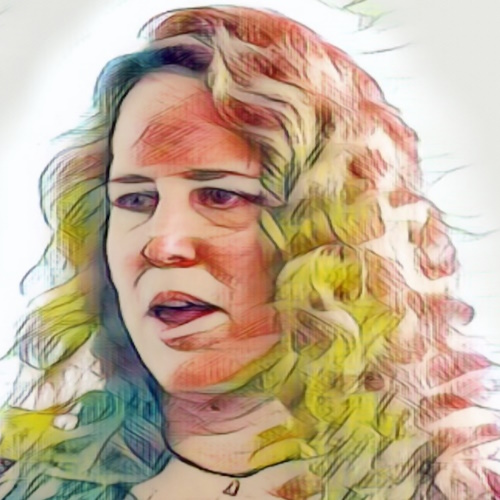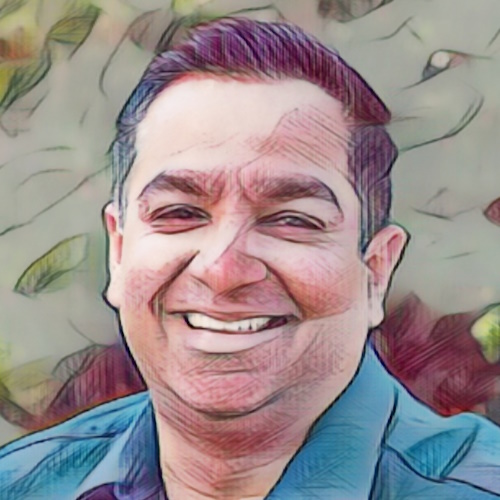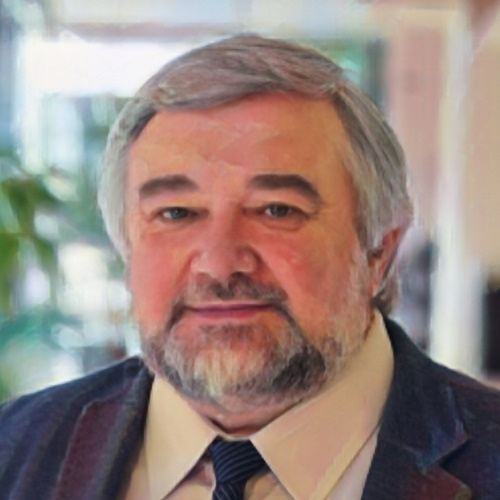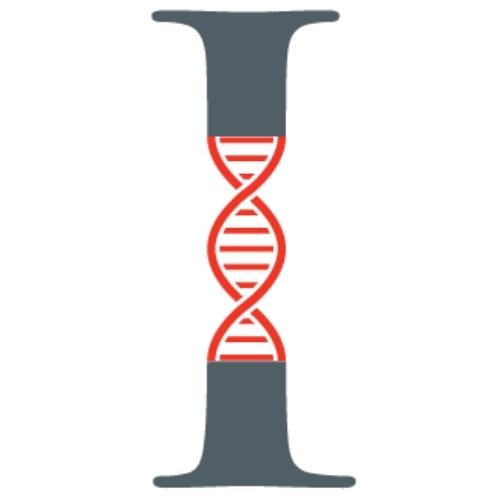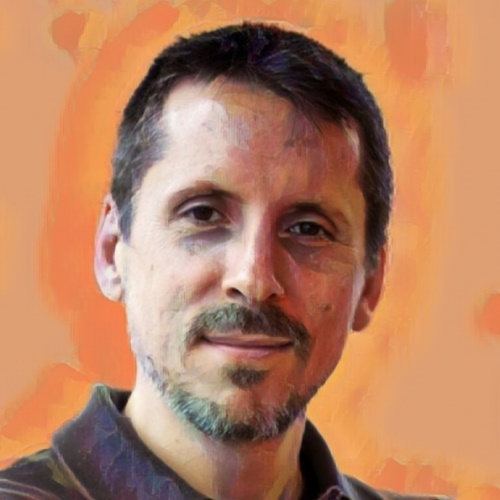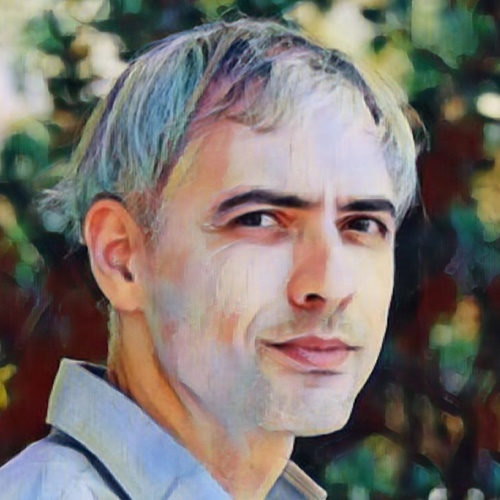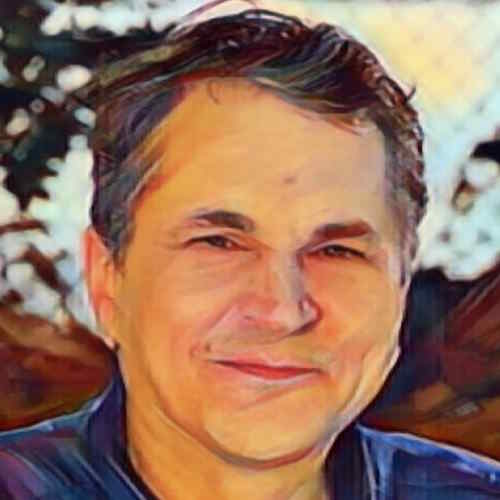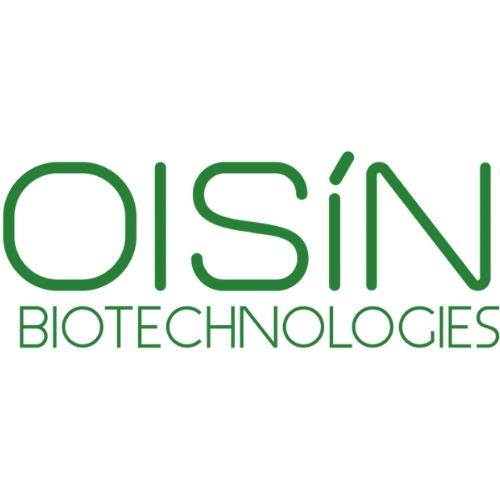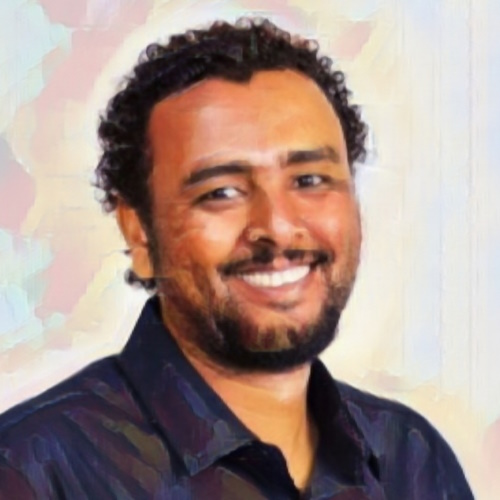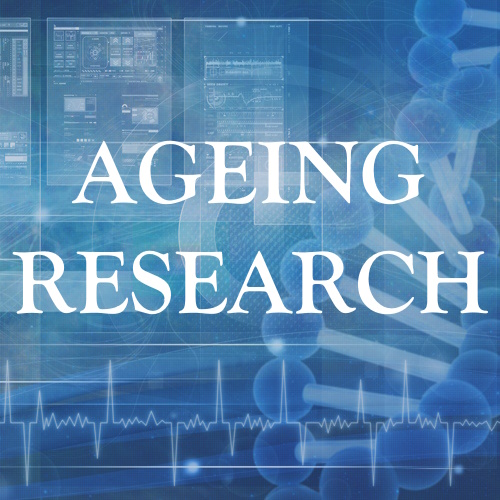SENS Annual Report 2020
Quick summary of SENS’ latest research projects and other activities
For people who are short of time – here’s some quick bullet points of SENS’ latest research projects and other activities.
CEO, Jim O’Neill, has said “we should not rest until we make aging an absurdity” since 2013.
SENS provides its annual update on activities and research.
Raised $2.7m – spent $4.4m (53% of which on research).
A big thank you to all its donors – 7 of which donated over $100k each – nice!
People
Founder Mike Kope begins a new chapter with Underdog Pharmaceuticals.
3 new faces last year:
- Dr. Alexandra Stolzing, Vice President of Research
- Dr. Amit Sharma Group Lead, Senescence Immunology Research
- Dr. Tesfahun Admasu, Forever Healthy Foundation Research Fellow
Investments
SRF has invested in several promising biotechnology start-ups during 2019:
- Covalent Bioscience
- Ichor
- Arigos
- Oisin Biotechnologies
Outreach and Education
Undoing Aging 2019 had more than 500 participants from 30 countries. *CHECK RESOURCE
SRF’s Global Outreach sponsored Longevity World Forum, RAADfest, Ending Age Related Disease, International Symposium Biology of Aging, Impact Roadmap Lab and the Aoki Games.
The SRF Summer Scholars program saw 14 student/graduates join labs at Harvard Medical School, Buck Institute, Sanford Consortium and Stanford University.
Aspen Neuroscience hosted SRF Education program participants in a genomics project to help develop an autologous induced pluripotent stem cell (iPSC)-derived neuron replacement therapy for Parkinson’s disease.
2019 Research Project Summaries
Stepwise Visualization of Autophagy for Screening Remediation of Intraneuronal Aggregates
Dr. Julie Andersen - Buck Institute for Research on Aging
Background:
Autophagy only refers to the delivery process of damaged proteins to the lysosome.
Involves forming vesicles called autophagosomes (APGs) around targets.
APGs are dragged to a functional lysosome and fuse with it, forming an autophagolysosome (APL).
If the lysosome is unable to degrade the deposited cargo for degradation, then even an increase in autophagy is ultimately futile.
This can happen as the lysosome takes in aggregated material that it can’t successfully clear.
Equipping the lysosome with new hydrolytic enzymes to degrade such aggregates remains the key to eventually clearing them from aging cells.
Progress:
Dr. Andersen’s team has been developing a system to visualize each of the key steps along the way.
Cell lines produce APGs with a molecular tag that changes colour as it moves through the autophagy process.
These engineered neurons could be used to screen for compounds that increase the successful trafficking of APGs and their cargo to the lysosome as well as the subsequent recycling.
Retrolytic Therapy to Destroy Cells with Reactivated “Jumping Genes”
Dr. Andrei Gudkov - Roswell Park Comprehensive Cancer Center
Background:
Nearly half of the mammalian genome is composed of “invasive” genetic material left behind by viruses.
Includes millions of retrotranspons - “dead” DNA which are long- and short- interspersed nuclear elements.
Intracellular machinery that suppresses LINE reactivation to fail over time.
Can cause mutations in functional genes and disrupt the normal expression of non-mutated genes.
Cellular senescence and reactivation of retrotransposons such as LINE1 are tied intimately together.
Suppressing retrotransposon activity with drugs has been shown to inhibit tissue inflammation in aging mice.
Progress:
Gudkov will use a transgenic “suicide gene” system which will be triggered by the activation of the interferon response to retroviral reactivation.
Holds the promise of paving the way for powerful future “retrolytic” therapies.
Lab has constructed the system and is inserting it into cells.
The next step is to breed mice that will harbour this inducible time bomb in all of their cells.
Functional Neuron Replacement to Rejuvenate the Neocortex
Dr. Jean Hébert - Albert Einstein College of Medicine (AECOM)
Background:
Cannot replace the brain with transplanted or artificial organs and so must be rejuvenated.
Only recently have researchers succeeded in integrating new neurons into areas of the brain involved in cognitive functions.
Problems:
majority of transplanted cells have failed to survive
it is difficult to determine whether the survivors succeed at integrating into synaptic circuits and improving local function
surgical transplantation can injure the very tissues we’re trying to maintain
requires a system for ongoing dispersal of neuronal precursor cells across the brain
Progress:
To enhance the survival and integration of transplanted neuronal precursor cells, team has co-transplanted them with blood-vessel-forming cells.
Little benefit in healthy brain, but provided 80% of the required vasculature in stroke model animals.
To enable the dispersal of replacement neurons noninvasively, taking advantage of the unique motile properties of microglia.
Hébert’s strategy is to transplant microglia that have already been engineered with genes needed to reprogram them into cortical projection neurons.
Has demonstrated that transplanted mouse microglia will spread across broad areas of the mouse cortex after it is transiently depleted of its own microglia.
Next step is to demonstrate the same thing using human-derived microglia (which needs a growth factor not present in mice brains).
Engineering cyclodextrins for the Removal of Toxic Oxysterols as a Treatment For Atherosclerosis and other diseases of aging
Dr. Matthew O’Connor - SENS Research Foundation Research Center
Background:
The accumulation of metabolic waste products can inhibit cellular processes and even kill cells.
For example, atherosclerotic lesions form when macrophages take in 7-ketocholesterol (7-KC) and other damaged cholesterol byproducts.
This toxicity causes these immune cells to become dysfunctional “foam cells,” immobilized in the arterial wall.
Removing these damaged molecules could prevent associated cellular dysfunction and age-related diseases.
Progress:
Dr. O’Connor’s team has created a family of novel cyclodextrins that are able to selectively remove toxic forms of cholesterol from early foam cells and other cells in the blood.
Cyclodextrins are polysaccharides composed of glucose molecules arranged in a truncated conical shape.
They are in wide use for industrial and drug delivery applications, and have an excellent safety profile.
Preliminary testing of the team’s new computer modelled cyclodextrins suggests enhanced activity against 7-KC.
Increased specificity reduces the potential for side effects.
Patents have been filed and a new spinoff company, Underdog Pharmaceuticals, has been launched.
If effective, these small molecules could prevent and potentially reverse atherosclerosis and, possibly, heart failure.
The Underdog team has developed an ex vivo foam cell assay in which to test the novel molecules.
Visit website: https://www.sens.org/wp-content/uploads/2020/09/SRF-2020-Annual-Report.pdf
See alsoSENS Research Foundation
Non-profit organization focused on transforming the way the world researches and treats age-related diseases
Details last updated 29-Oct-2020
Mentioned in this Resource
Alexandra Stolzing
VP Research at SENS and Professor for Biogerontological Engineering at Loughborough University
Covalent Bioscience
Company focused on healthy aging and age-associated diseases using catalytic antibodies
Matthew O’Connor
Co-Chief Executive Officer and Co-founder of Cyclarity Therapeutics (former Underdog Pharmaceuticals)
Oisin Biotechnologies
Drug development company focused on the senolytic technology to fight age-related diseases

